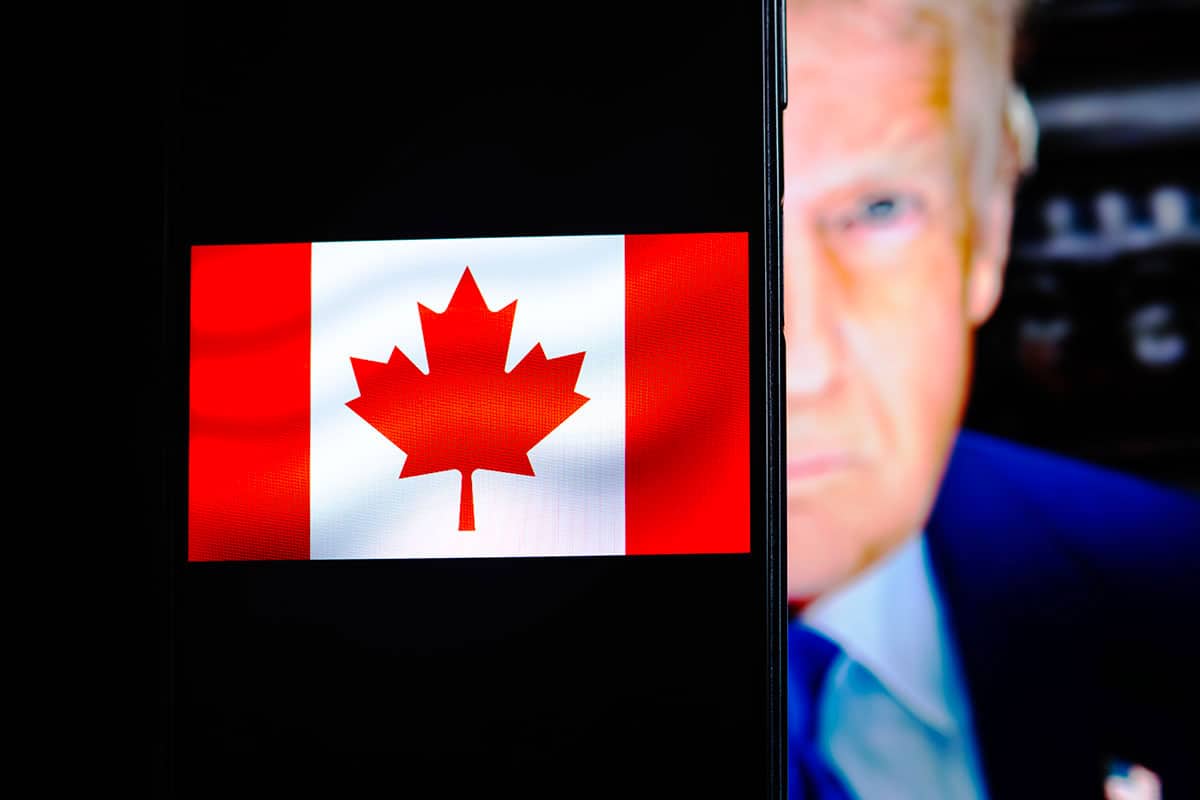In a big political move, Canadian Prime Minister Mark Carney made his way to the White House after receiving an invite from U.S. President Donald Trump. The meeting in the legendary Oval Office comes as trade and economic policies between the two neighboring countries have been heating up. (Remember, these discussions play a big part in shaping the longstanding bond and future path of U.S.-Canada relations, touching millions on both sides of the border.)
A diplomatic chat in an intense political mood
What set the stage for this high-profile meet was an interesting mix of political and economic shifts. Recently, Carney’s Liberal Party won enough seats in the Canadian election to form a new government (a sign that Canada’s game plan toward its southern neighbor might be changing). Meanwhile, President Trump hasn’t held back on his strong opinions about Canada’s economic practices—he even joked that Canada could one day be the 51st state (a suggestion Carney shot down pretty firmly).
Carney made it crystal clear when he said, “Canada is ‘not for sale’ and ‘won’t be for sale ever'” (emphasizing Canadian sovereignty in the face of Trump’s cheeky idea). Trump fired back with a “never say never,” leaving the door open to all sorts of unconventional international ideas.
Economic talk: trade deficits and tariffs
Money matters were right at the heart of this encounter. The U.S. Trade Representative Office (USTR) reported a trade deficit with Canada of $63.3 billion last year—even though the U.S. imported over $400 billion worth of Canadian goods. All in all, total goods trade between the two countries came to about $762 billion.
Lately, however, Canadian exports to the U.S. fell by 6.6% in March, while exports to other countries shot up by nearly 25% (hinting at Canada’s push to mix up its trade partners as Trump ramps up tariffs on Canadian products). Trump also claimed that America ends up subsidizing Canada by roughly $200 billion annually (including defense spending)—a statement that has plenty of economists and policymakers raising eyebrows.
Political banter and reactions
The meet-up also shined a light on the different political views on both sides of the border. Former U.S. Ambassador to Canada Bruce Heyman and U.S. Commerce Secretary Howard Lutnick expressed worry over Canada’s heavy reliance on U.S. resources. Lutnick even said, “They have been basically feeding off of us for decades upon decades upon decades” and took aim at what he called Canada’s “socialist regime” for supposedly reaping American benefits.
Trump’s eyebrow-raising idea of absorbing Canada into the United States didn’t go down too well, especially coming on the heels of Carney’s Liberal Party win—a move seen as a clear rebuff to Trump’s northern antics.
What lies ahead for U.S.-Canada ties
As leaders from both sides try to sort out these knotty issues, it’s wise for everyday folks and businesses to keep tabs on any changes in this relationship. The ongoing chats between Carney and Trump show just how important it is to sit down and hash things out when dealing with shared challenges and hunting for common ground.
At the end of the day, this meeting reminds us of the deep-seated connection between Canada and the United States—a bond built on mutual respect and teamwork, even when there are disagreements. (As talks continue, it’s a good idea for everyone to stay engaged with decision-makers so that future choices reflect the wider interests, rather than just immediate political wins.)








